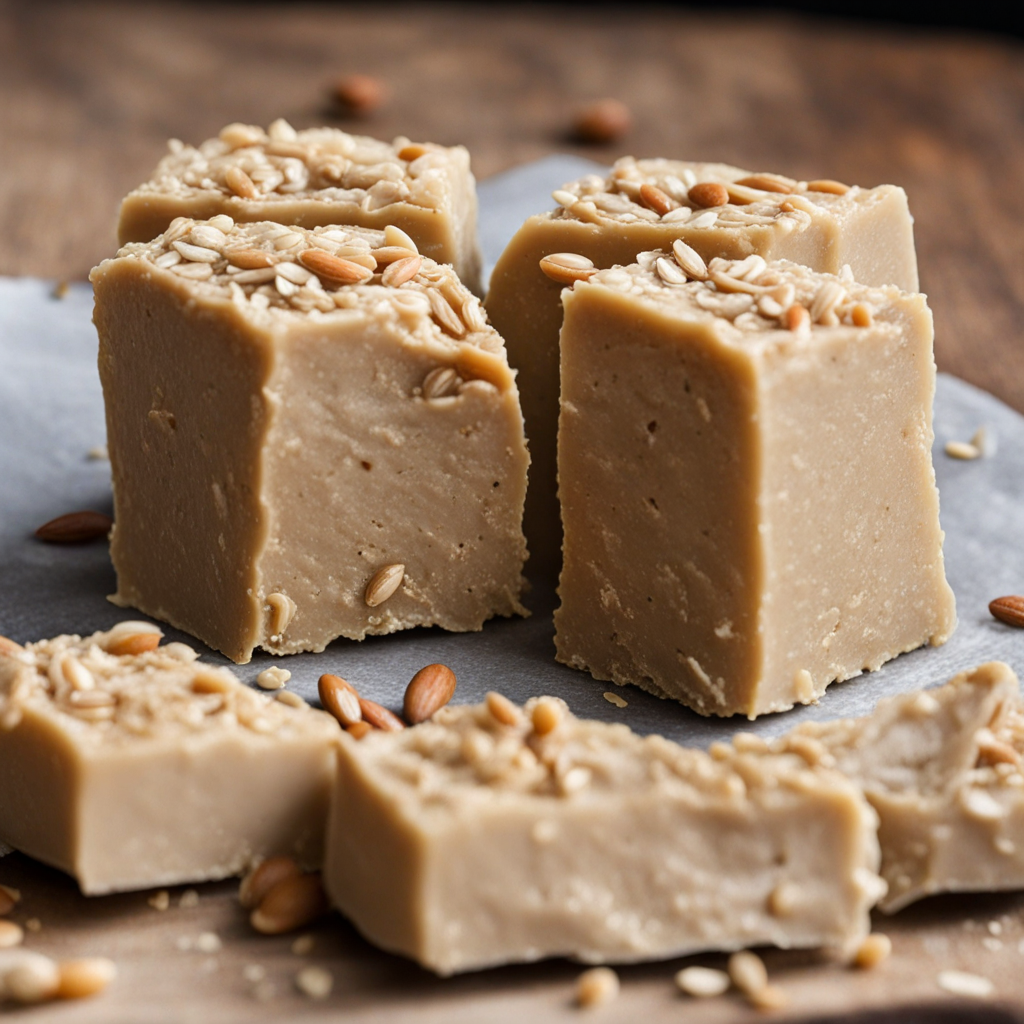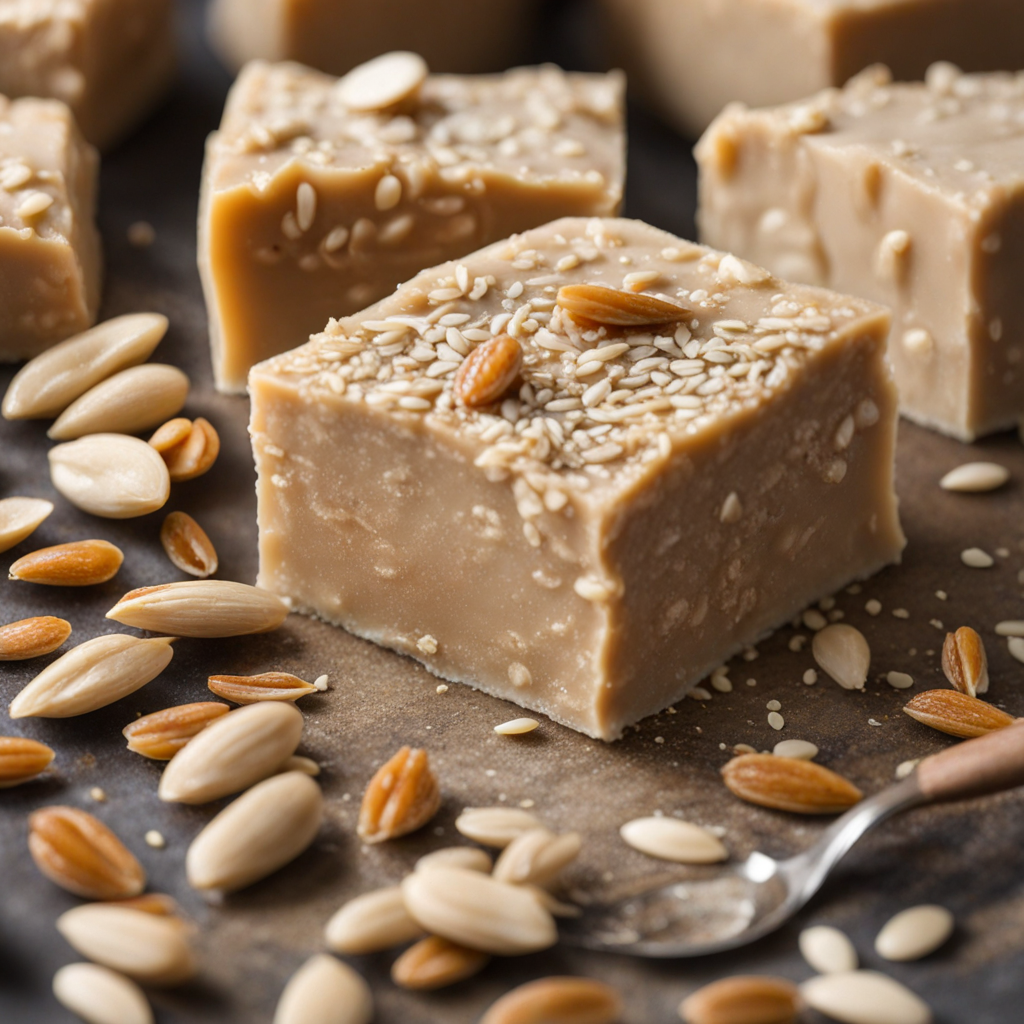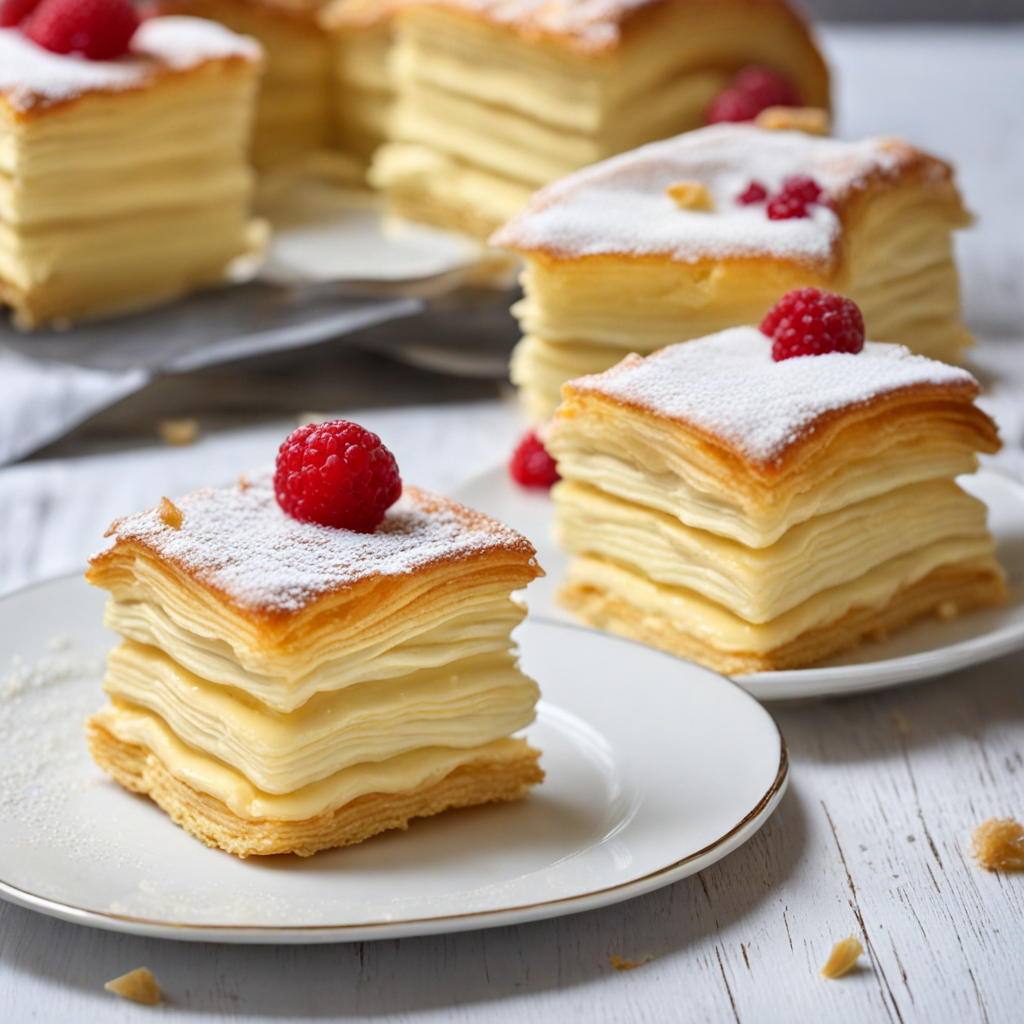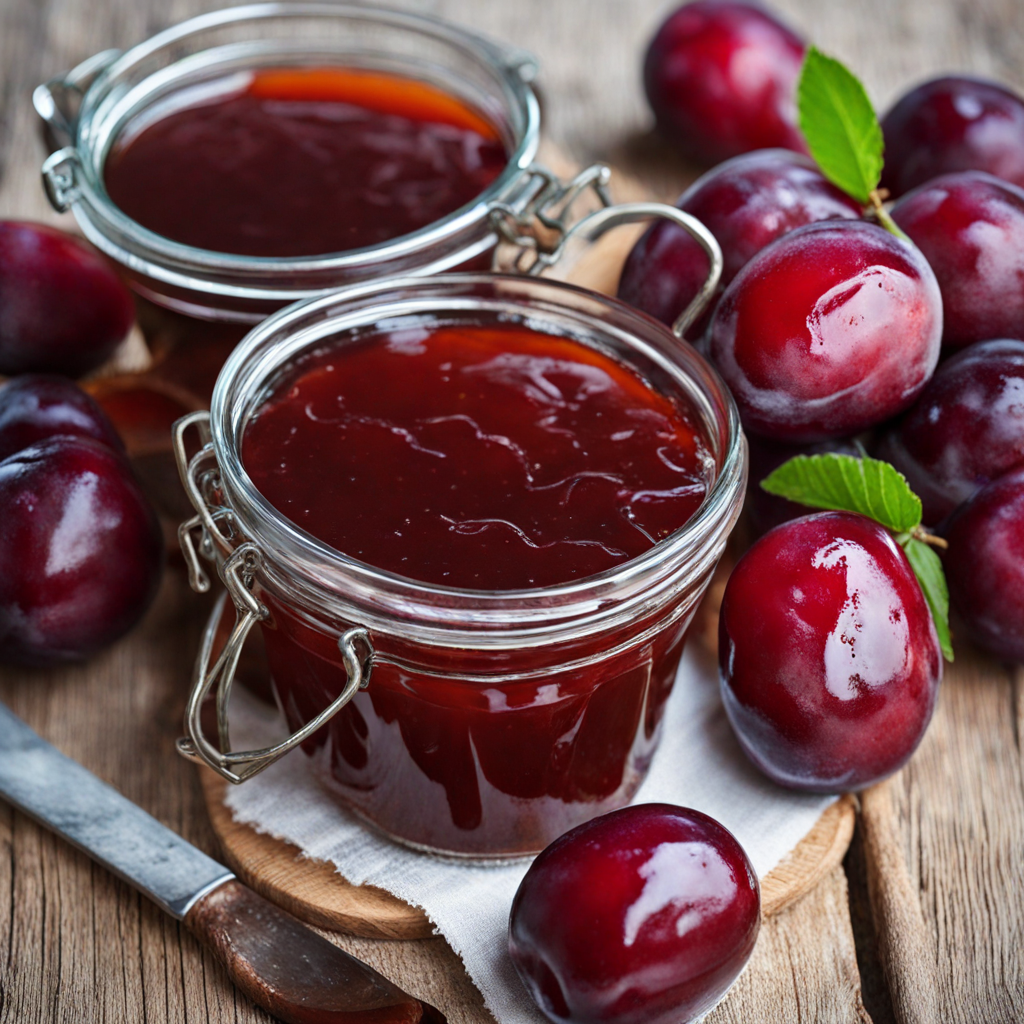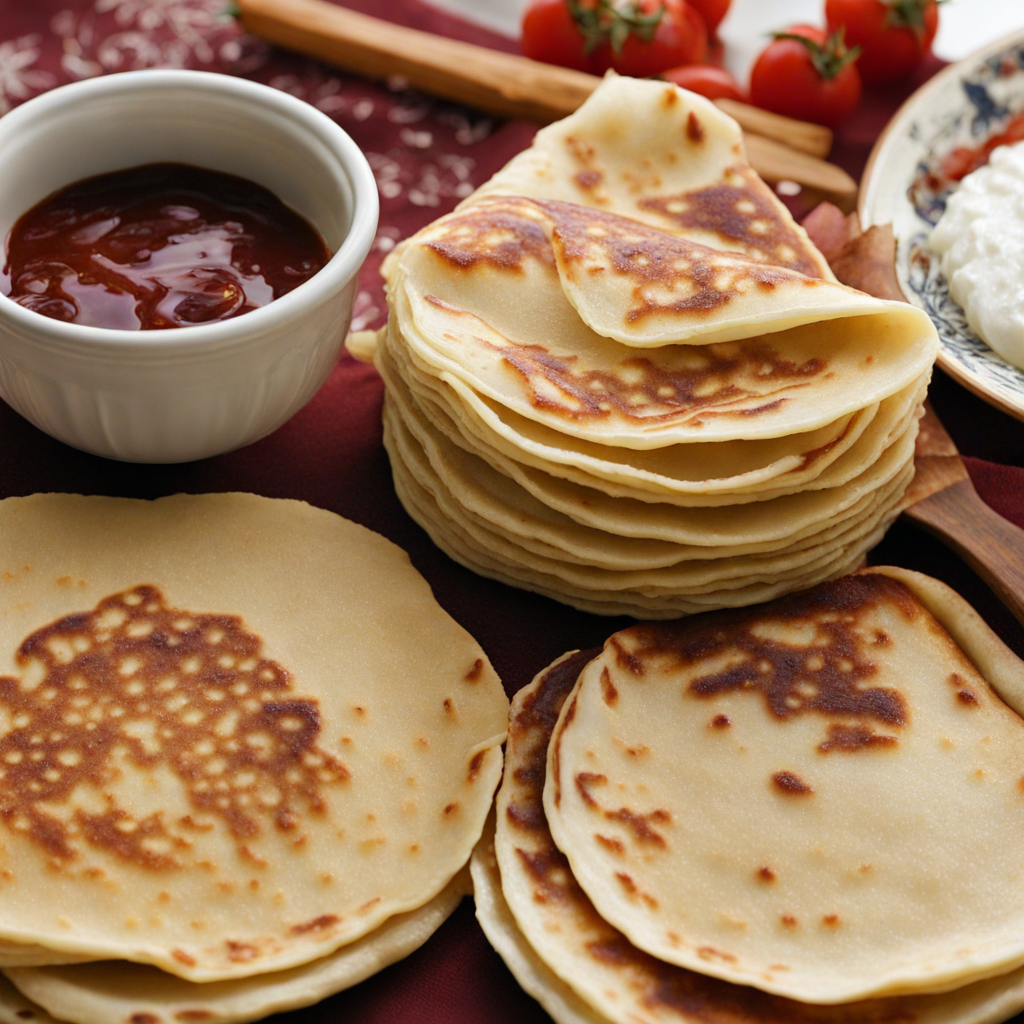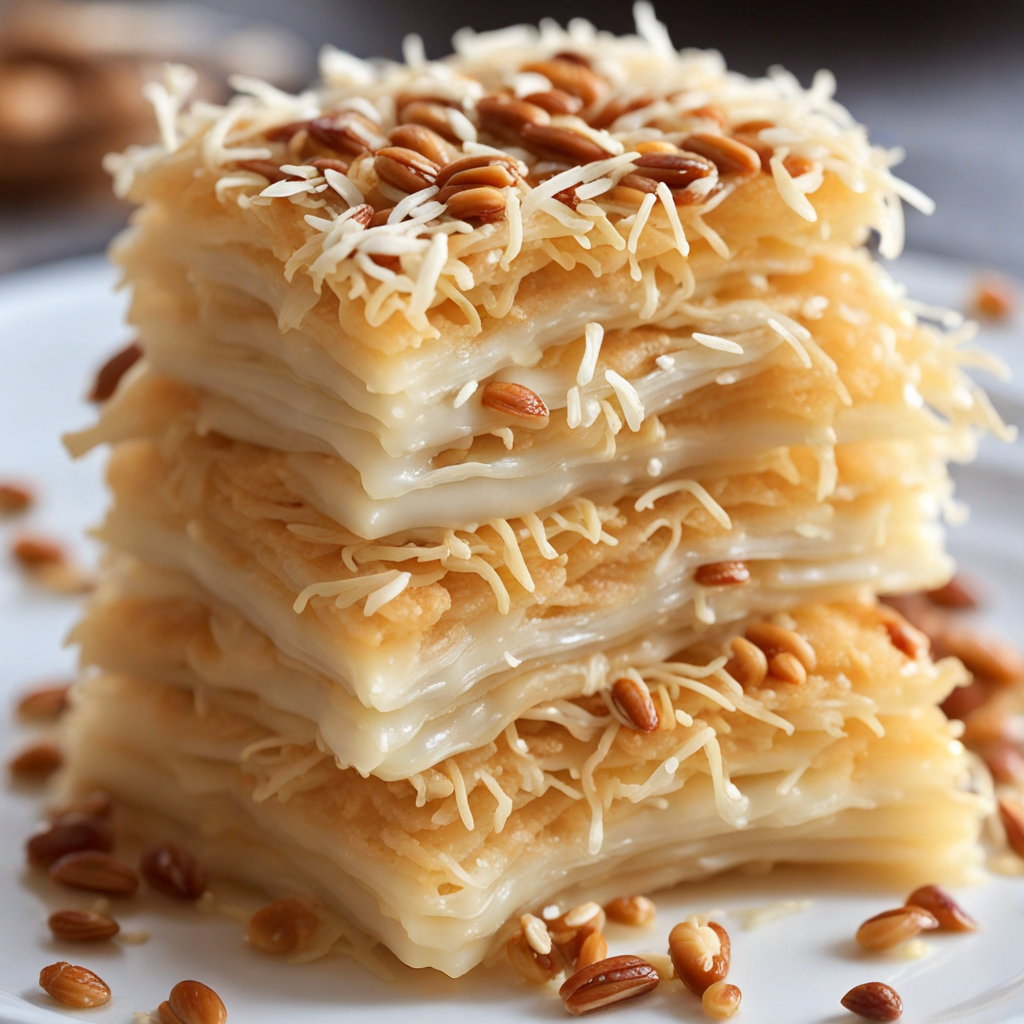Halva
Halva, a delightful confection that hails from Bosnia and Herzegovina, offers a unique taste experience that is both rich and satisfying. This traditional treat is primarily made from ground sesame seeds or sunflower seeds, combined with sugar and honey, creating a sweet, nutty flavor profile that is unlike any other. The texture is dense yet crumbly, which makes each bite a pleasurable contrast of creamy sweetness and a slight crunch from the seeds. Often enjoyed as a snack or dessert, halva can also be a perfect accompaniment to coffee or tea, making it a versatile addition to any meal. What sets Bosnian halva apart is the regional twist in its preparation and presentation. It is typically flavored with various ingredients such as cocoa, pistachios, or almonds, adding layers of complexity to its taste. The chocolate variation, in particular, offers a rich, indulgent taste that appeals to chocolate lovers, while the nut variations provide a delightful crunch that enhances the overall experience. This adaptability allows halva to cater to diverse palates, making it an enticing option for anyone looking to explore new flavors. In Bosnia and Herzegovina, halva is more than just a sweet treat; it is often associated with hospitality and celebration. It is commonly prepared during special occasions and family gatherings, symbolizing love and sharing. When you savor a piece of this delicious confection, you are not only enjoying a unique taste but also partaking in a tradition that has been cherished for generations. With its delightful flavors and cultural significance, halva invites you to experience a slice of Bosnian heritage with every bite.
How It Became This Dish
The Sweet Legacy of Халва in Bosnia and Herzegovina Origin and Historical Context Halva, a sweet treat that has captured the hearts of many across the globe, boasts a history that is rich and multifaceted. Its roots can be traced back to ancient times, with various iterations appearing in different cultures. The word "halva" itself is derived from the Arabic word "حلوى" (halwa), which means "sweet." It is believed that the earliest forms of halva emerged in the Middle East and the Mediterranean region, where it was made from ground sesame seeds and sweetened with honey or sugar. As trade routes expanded, so too did the popularity of this delectable treat. In Bosnia and Herzegovina, halva found a unique place within the tapestry of culinary traditions. The region's complex history, marked by Ottoman influence, the interplay of various cultures, and religious practices, contributed to the development of halva as a cherished dessert. During the Ottoman Empire's reign over the Balkans, from the 15th century until the late 19th century, many culinary traditions were introduced and adapted, leading to the incorporation of halva into local customs. Cultural Significance In Bosnia and Herzegovina, halva transcends mere confectionery; it is woven into the cultural and social fabric of the nation. Traditionally, it is prepared during significant occasions and celebrations, such as weddings, religious holidays, and family gatherings. The act of making halva is often shared among family members, fostering a sense of community and togetherness. It is not uncommon to see halva served alongside coffee, a staple in Bosnian hospitality, creating a delightful pairing that enhances the overall experience. Halva also holds religious significance, particularly in Islamic culture, where it is often associated with special occasions, such as Ramadan and Eid. The sweet is a symbol of abundance and generosity, reflecting the spirit of giving during these holy times. In many households, it is customary to prepare halva as a gesture of goodwill, shared with friends, family, and neighbors, reinforcing the values of community and togetherness. The Making of Halva The preparation of halva in Bosnia and Herzegovina is an art form that has been passed down through generations. While there are many variations of halva, the Bosnian version typically consists of a base of ground sesame seeds or sunflower seeds, cooked with sugar and water to create a smooth, sweet paste. Some recipes incorporate additional ingredients, such as cocoa powder, nuts, or flavorings like vanilla or rosewater, adding depth to the flavor profile. The process begins with roasting the seeds to develop their rich flavor. Once cooled, the seeds are ground into a fine paste, which is then mixed with a syrup made from sugar and water. The mixture is stirred continuously until it thickens and takes on a creamy consistency. The final product is poured into a mold and left to cool, solidifying into a sweet treat that can be sliced and served. In modern times, halva has also evolved to accommodate contemporary tastes. Artisanal producers and local bakeries have begun experimenting with new flavors and ingredients, creating a fusion of traditional and modern culinary practices. This evolution showcases the adaptability of halva and its ability to resonate with new generations while honoring its storied past. Halva in Popular Culture Beyond its culinary significance, halva has also made its mark in the cultural landscape of Bosnia and Herzegovina. It has been featured in literature, art, and music, often symbolizing nostalgia, warmth, and the bonds of family. In many Bosnian households, the scent of freshly made halva evokes memories of childhood and familial love, serving as a powerful reminder of the importance of tradition and heritage. Festivals and culinary events often highlight halva, celebrating its role in Bosnian gastronomy. Chefs and food enthusiasts gather to showcase their skills, sharing their unique takes on this classic treat. In recent years, there has been a growing interest in preserving traditional recipes and techniques, ensuring that the legacy of halva continues to thrive for future generations. Global Influence and Modern Trends As globalization continues to shape culinary landscapes, the appreciation for halva has transcended borders. Bosnian halva, along with its counterparts from other cultures, has gained international recognition, with many people discovering and embracing its unique flavors. In cities around the world, Bosnian restaurants and cafes have introduced halva to new audiences, celebrating its cultural heritage while exploring innovative variations. Moreover, the rise of health-conscious eating has led to a resurgence in interest in traditional sweets like halva, which are often made with natural ingredients and can be enjoyed in moderation. The nutty flavor and rich texture of halva make it a satisfying treat that appeals to a wide range of palates, from those seeking indulgence to those looking for a healthier dessert option. Halva's versatility has also captured the attention of contemporary chefs who incorporate it into modern dessert menus, pairing it with elements like fresh fruits, yogurt, or even as a filling in pastries. This innovative approach not only modernizes the treat but also introduces its flavors to a broader audience. Conclusion The journey of halva in Bosnia and Herzegovina is a testament to the enduring nature of culinary traditions and their ability to adapt and thrive throughout history. From its origins in the ancient Middle East to its status as a beloved sweet in Bosnian culture, halva embodies the richness of shared experiences, community, and family. As it continues to evolve and inspire, halva remains a cherished symbol of Bosnia and Herzegovina's cultural heritage, inviting all to partake in its sweet legacy. Whether enjoyed during special occasions or as an everyday treat, halva serves as a delicious reminder of the connections that bind us together across time and space.
You may like
Discover local flavors from Bosnia And Herzegovina


